Eleonora Misino
Let Guidelines Guide You: A Prescriptive Guideline-Centered Data Annotation Methodology
Jun 20, 2024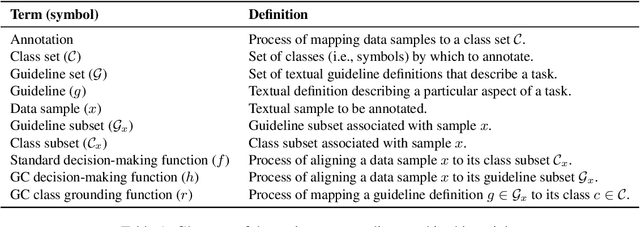
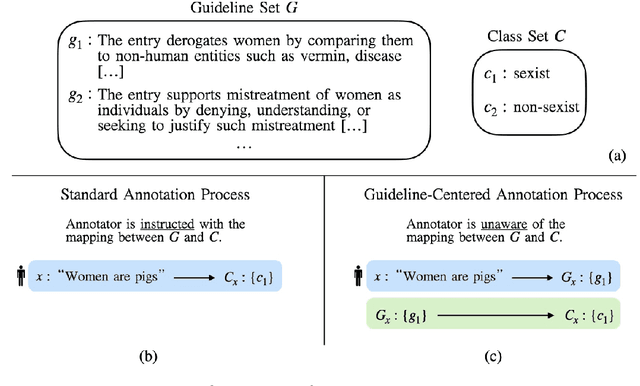

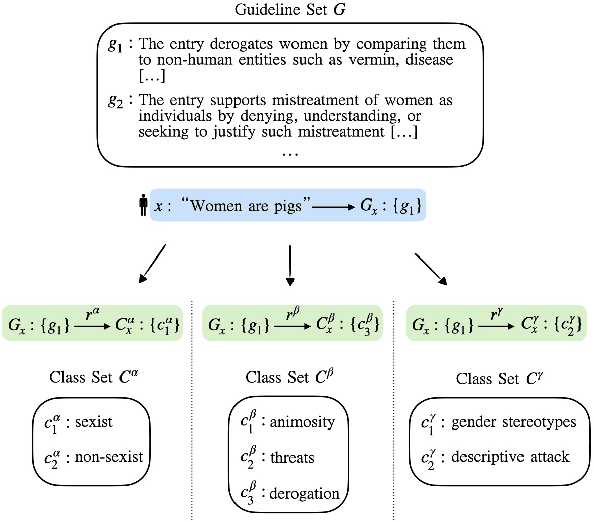
Abstract:We introduce the Guideline-Centered annotation process, a novel data annotation methodology focused on reporting the annotation guidelines associated with each data sample. We identify three main limitations of the standard prescriptive annotation process and describe how the Guideline-Centered methodology overcomes them by reducing the loss of information in the annotation process and ensuring adherence to guidelines. Additionally, we discuss how the Guideline-Centered enables the reuse of annotated data across multiple tasks at the cost of a single human-annotation process.
An analysis of Universal Differential Equations for data-driven discovery of Ordinary Differential Equations
Jun 17, 2023
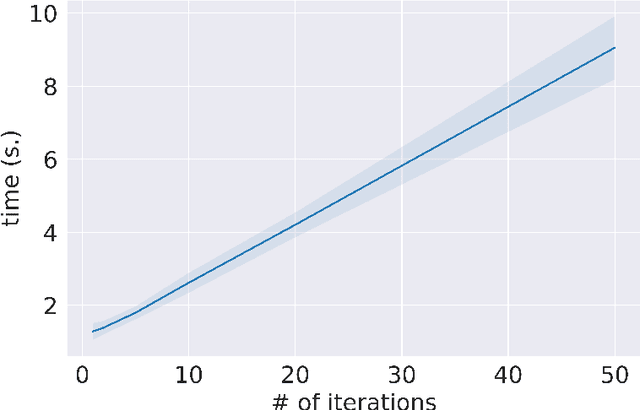

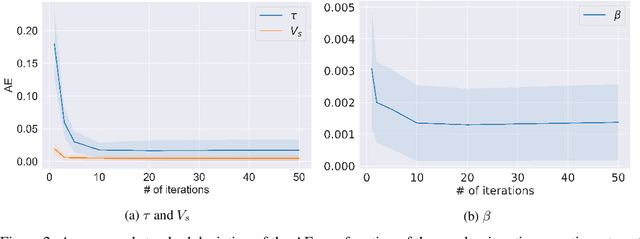
Abstract:In the last decade, the scientific community has devolved its attention to the deployment of data-driven approaches in scientific research to provide accurate and reliable analysis of a plethora of phenomena. Most notably, Physics-informed Neural Networks and, more recently, Universal Differential Equations (UDEs) proved to be effective both in system integration and identification. However, there is a lack of an in-depth analysis of the proposed techniques. In this work, we make a contribution by testing the UDE framework in the context of Ordinary Differential Equations (ODEs) discovery. In our analysis, performed on two case studies, we highlight some of the issues arising when combining data-driven approaches and numerical solvers, and we investigate the importance of the data collection process. We believe that our analysis represents a significant contribution in investigating the capabilities and limitations of Physics-informed Machine Learning frameworks.
Generalized Disparate Impact for Configurable Fairness Solutions in ML
May 29, 2023
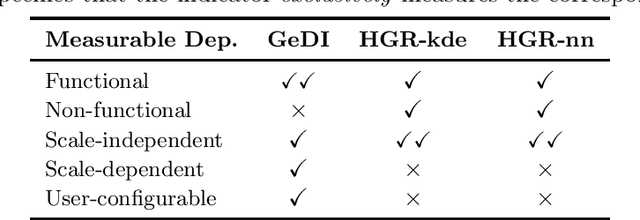

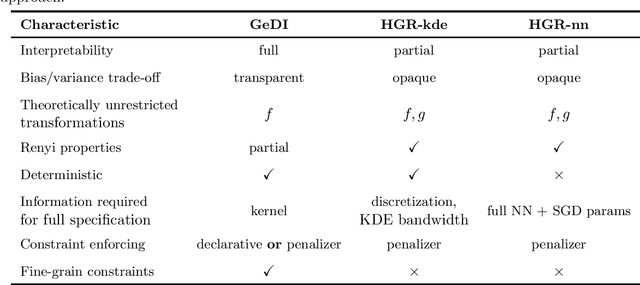
Abstract:We make two contributions in the field of AI fairness over continuous protected attributes. First, we show that the Hirschfeld-Gebelein-Renyi (HGR) indicator (the only one currently available for such a case) is valuable but subject to a few crucial limitations regarding semantics, interpretability, and robustness. Second, we introduce a family of indicators that are: 1) complementary to HGR in terms of semantics; 2) fully interpretable and transparent; 3) robust over finite samples; 4) configurable to suit specific applications. Our approach also allows us to define fine-grained constraints to permit certain types of dependence and forbid others selectively. By expanding the available options for continuous protected attributes, our approach represents a significant contribution to the area of fair artificial intelligence.
VAEL: Bridging Variational Autoencoders and Probabilistic Logic Programming
Feb 07, 2022
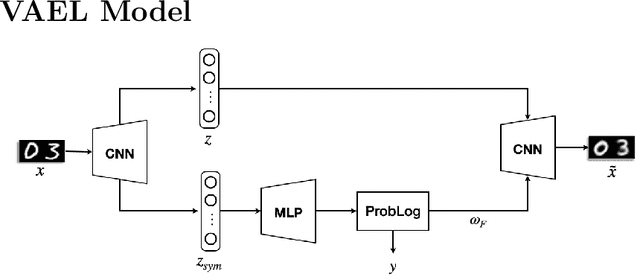
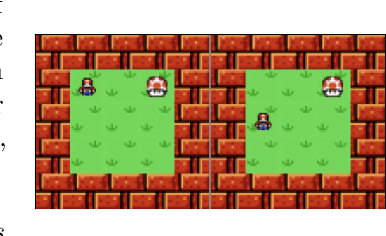
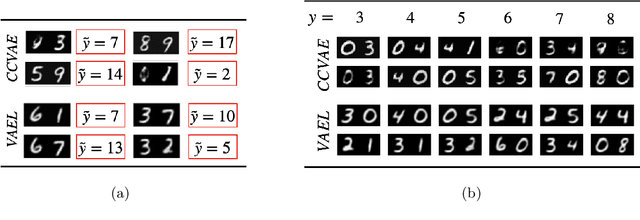
Abstract:We present VAEL, a neuro-symbolic generative model integrating variational autoencoders (VAE) with the reasoning capabilities of probabilistic logic (L) programming. Besides standard latent subsymbolic variables, our model exploits a probabilistic logic program to define a further structured representation, which is used for logical reasoning. The entire process is end-to-end differentiable. Once trained, VAEL can solve new unseen generation tasks by (i) leveraging the previously acquired knowledge encoded in the neural component and (ii) exploiting new logical programs on the structured latent space. Our experiments provide support on the benefits of this neuro-symbolic integration both in terms of task generalization and data efficiency. To the best of our knowledge, this work is the first to propose a general-purpose end-to-end framework integrating probabilistic logic programming into a deep generative model.
 Add to Chrome
Add to Chrome Add to Firefox
Add to Firefox Add to Edge
Add to Edge